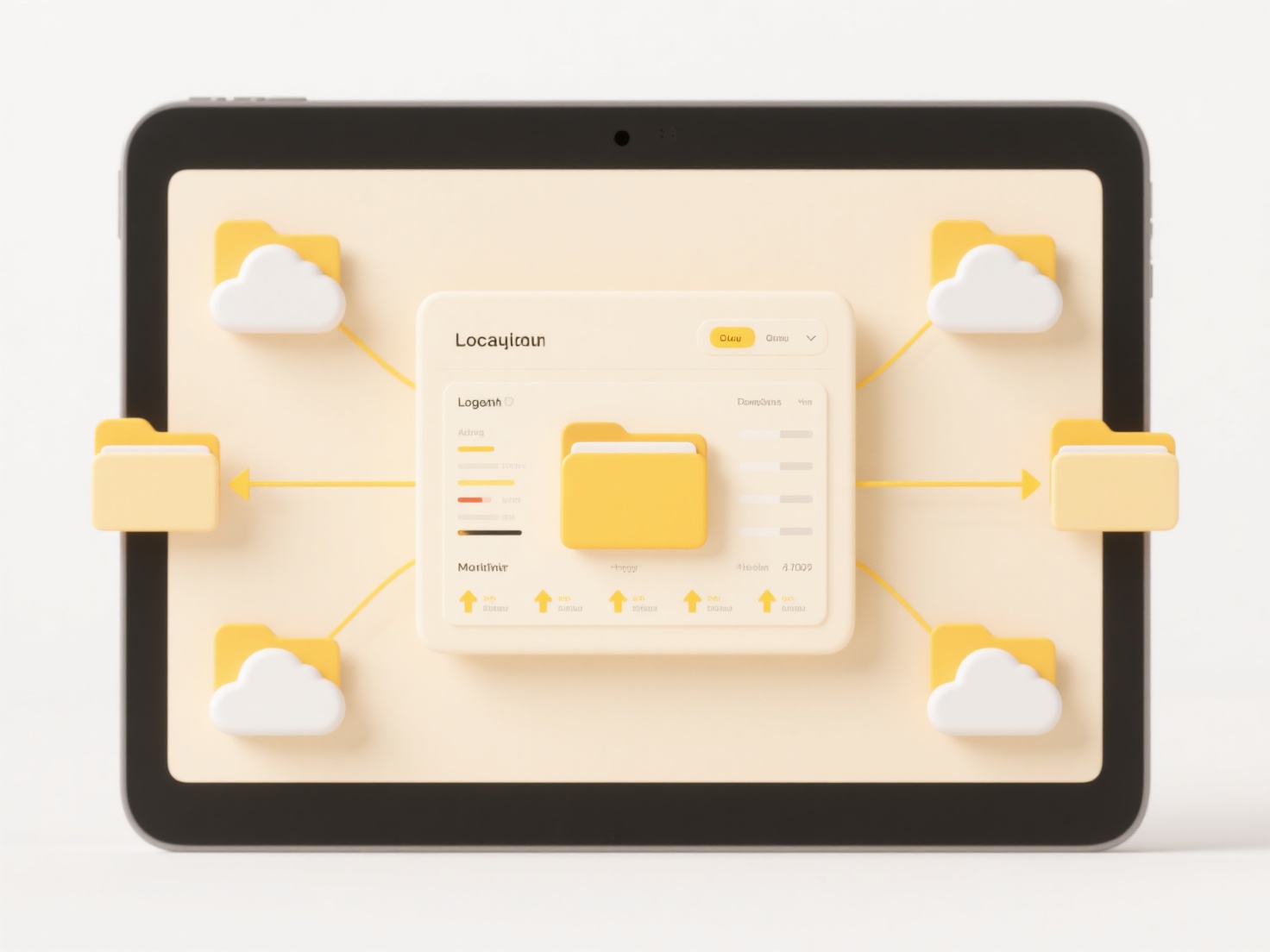
Securely sharing content with customers involves using methods and tools that protect sensitive information during transmission and access. Unlike simply emailing attachments or posting publicly accessible links, secure sharing ensures only authorized recipients can view or download the content, typically through encryption, strict access controls, and often requiring authentication. The core principle is controlling both the delivery and ongoing availability of the files or data, preventing interception or unauthorized access.
Common examples include using secure cloud storage or file-sharing platforms that offer password protection, expiry dates, and download limits on shared links. For instance, HR departments securely share sensitive employment contracts requiring recipient login. Marketing agencies might use client portal platforms allowing customers private access to campaign assets without exposing files to the open web. Platforms like ShareFile, OneDrive, or custom-built client portals are frequently employed for these purposes.

Secure content sharing offers significant advantages by protecting customer data and intellectual property, ensuring compliance, and building trust. Primary limitations can include recipient usability challenges or complexity of setup for senders. Ethical obligations and regulations like GDPR often necessitate it. Future trends involve simplifying security for users and adopting zero-trust models verifying each access attempt, balancing robust protection with convenience for wider adoption.
How do I securely share content with customers?
Securely sharing content with customers involves using methods and tools that protect sensitive information during transmission and access. Unlike simply emailing attachments or posting publicly accessible links, secure sharing ensures only authorized recipients can view or download the content, typically through encryption, strict access controls, and often requiring authentication. The core principle is controlling both the delivery and ongoing availability of the files or data, preventing interception or unauthorized access.
Common examples include using secure cloud storage or file-sharing platforms that offer password protection, expiry dates, and download limits on shared links. For instance, HR departments securely share sensitive employment contracts requiring recipient login. Marketing agencies might use client portal platforms allowing customers private access to campaign assets without exposing files to the open web. Platforms like ShareFile, OneDrive, or custom-built client portals are frequently employed for these purposes.

Secure content sharing offers significant advantages by protecting customer data and intellectual property, ensuring compliance, and building trust. Primary limitations can include recipient usability challenges or complexity of setup for senders. Ethical obligations and regulations like GDPR often necessitate it. Future trends involve simplifying security for users and adopting zero-trust models verifying each access attempt, balancing robust protection with convenience for wider adoption.
Quick Article Links
Are there export restrictions for confidential documents?
Export restrictions limit sending specific confidential materials outside a country's borders or to unauthorized parties...
Can I create a shared drive with predefined permissions?
A shared drive allows multiple users to access and collaborate on a centralized storage location for files and folders. ...
What is a file association?
A file association is a system-level link between a file type and a specific application. It is established using the fi...